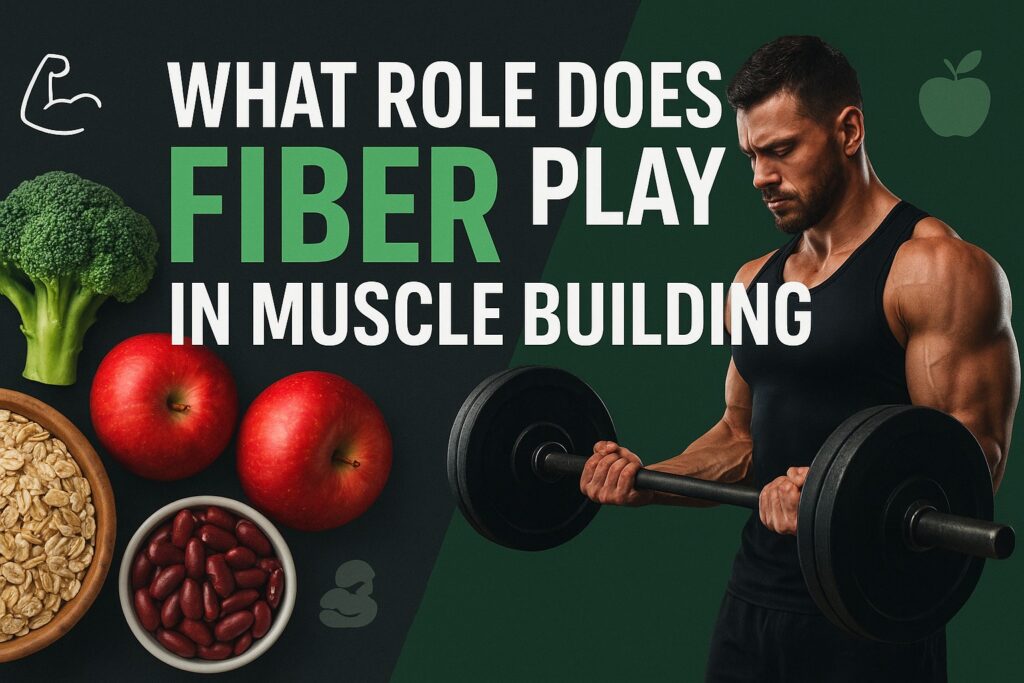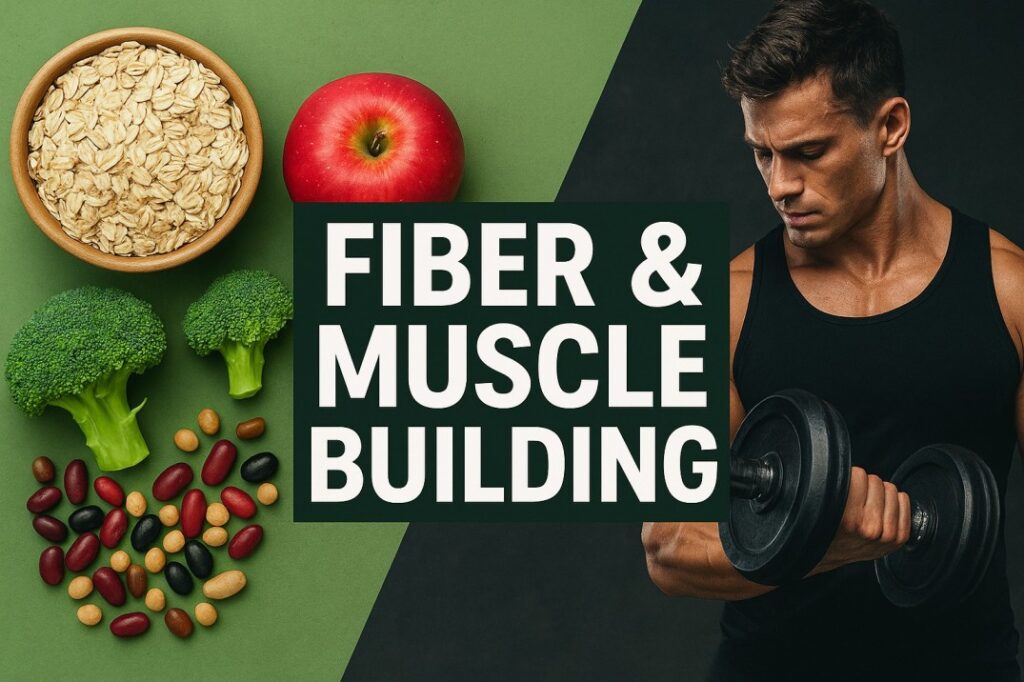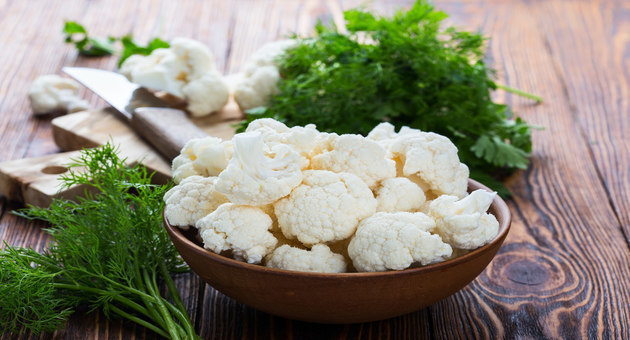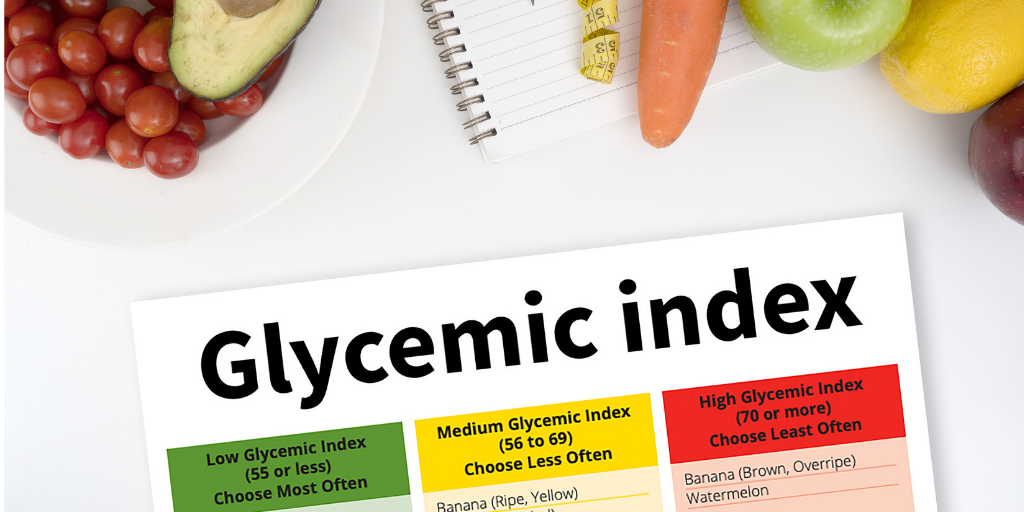When you think about building muscle, you probably imagine protein shakes, chicken breasts, and heavy weights. But here’s a nutrient that often gets overlooked in the gym world: fiber. While fiber doesn’t directly build muscle like protein does, it plays a powerful supporting role that can improve your performance, recovery, and overall fitness journey.

Let’s break it down.
🥗 Better Appetite Control
Ever wondered why a bowl of oatmeal or a big salad keeps you full for hours, while ice cream leaves you craving more? That’s fiber at work.
- Soluble fiber (found in oats, beans, nuts, and psyllium husk) absorbs water in your gut and slows digestion, making you feel fuller.
- Insoluble fiber (found in leafy greens, whole grains, and vegetables) adds bulk to your meals, keeping hunger away.
For athletes and bodybuilders, this is gold. Staying full longer helps you stick to a clean diet, manage calories, and avoid unnecessary junk food cravings — making it easier to stay lean while building muscle.
⚡ Improved Insulin Sensitivity
Insulin plays a key role in how your body stores and uses energy. If your insulin sensitivity is poor, your body tends to store more fat instead of fueling your muscles.
Here’s where fiber helps:
- It slows down the absorption of carbs and sugar, preventing blood sugar spikes.
- Over time, this keeps your insulin levels stable and improves your body’s ability to use glucose for energy instead of storing it as fat.
👉 Pro tip: Pairing carbs with fiber-rich foods (like eating brown rice with veggies instead of white bread alone) ensures steady energy for your workouts.
🛡️ Stronger Immune System & Faster Recovery
Did you know most of your immune system lives in your gut? And your gut bacteria thrive on fiber!
A fiber-rich diet:
- Feeds the good bacteria in your gut.
- Strengthens your immune defenses.
- Helps your body recover faster after intense training.
Strong immunity means fewer sick days and more consistency at the gym. Plus, fiber-driven gut health reduces inflammation, which is crucial for muscle repair and recovery.
📏 How Much Fiber Do You Really Need?
Experts recommend:
- Men: 30–38 grams/day
- Women: 25–30 grams/day
Great sources include:
✅ Whole grains (oats, brown rice, quinoa)
✅ Fruits (apples, pears, berries)
✅ Vegetables (broccoli, spinach, carrots)
✅ Legumes (beans, lentils, chickpeas)
✅ Nuts & seeds (chia, flax, almonds)
💡 If you struggle to hit your fiber goals, supplements like psyllium husk can help — but always focus on whole foods first.
⚠️ Don’t Overdo It
Too much fiber can cause bloating, gas, and reduce the absorption of important minerals like calcium, zinc, and magnesium. Stick to the recommended range and increase your intake gradually if you’re not used to eating a lot of fiber.
💪 Final Takeaway
Fiber may not directly pump up your biceps, but it lays the foundation for a stronger, leaner, and healthier body. By keeping your digestion smooth, controlling your appetite, improving insulin sensitivity, and supporting recovery, fiber ensures that your hard work in the gym pays off.
So the next time you plan your meals, don’t just count your protein — make sure fiber is on your plate too.
🔥 Fitolympia Tip: Try adding a serving of high-fiber food to every meal. For example, pair chicken breast with broccoli, or add chia seeds to your protein shake. Small tweaks can make a big difference in performance and results.


